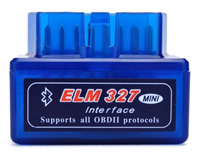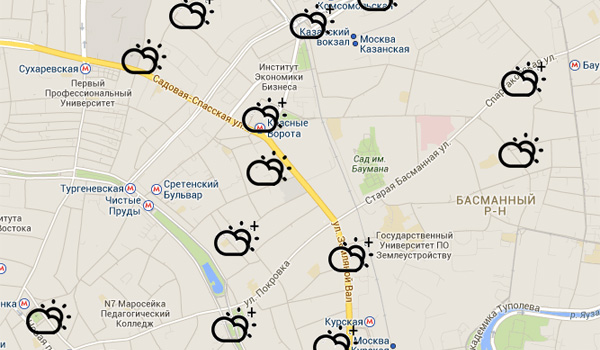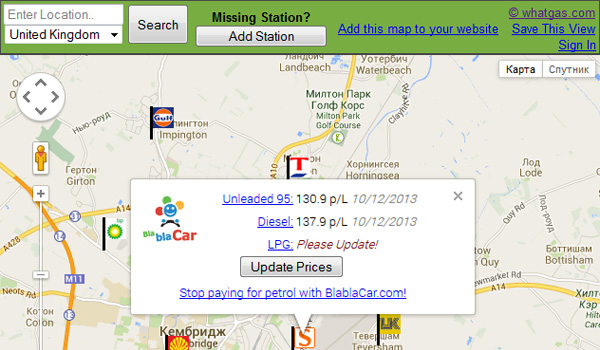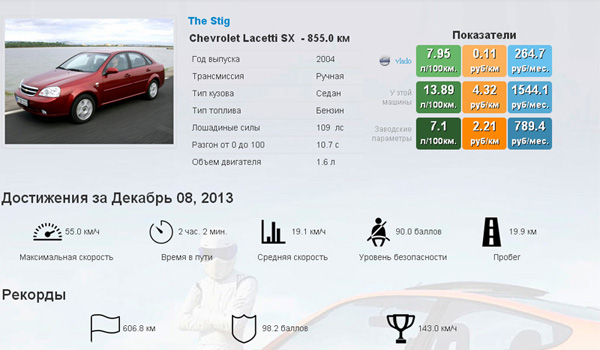By car in the "cloud"

In the new world of Internet things, any electronic device will probably be connected to the network: from the kettle in the kitchen to the drill in the garage. There is no need to explain how the whole life and daily life will become personalized for a person. You can laugh, but, going home, it would be nice to see coffee brewed just in time for the opening of the entrance door.
It so happened that the technology in the automotive industry, entering the market, lags behind in its development for several years. And despite the fact that the leading manufacturers are thinking or are already connecting cars to the Internet, the mass car has not yet become a truly “cloudy” one. However, every car is crammed with electronics. And even the cheapest models leave the assembly line with a dozen sensors on board. The vast majority of them have an injector-type internal combustion engine, which is controlled by a conventional controller.
')
And what if for a second you look at the car as a system of controlled sensors that can be used for other than its intended purpose?
The parameters of the sensors of one vehicle, stored on servers, are unlikely to be able to benefit society. Another thing - when the car a few thousand or even millions.
On Habré, inexpensive devices have already been mentioned , with the help of which anyone can indulge with the machine and save money on diagnostics and receive inexpensive racing telemetry .
 Diagnostic protocols of cars were issued in the United States in a single standard back in 1996. As one of the foremost countries that cares for the environment, America was already puzzled by the issue of exhaust emissions into the atmosphere. Within the framework of the established standard, manufacturers were required to unify the interaction protocols with the car and provide a single interface. In any car, released in the United States after 1996 (in Europe after 2001, Russia and Asia - after 2005) there is a trapezoid connector that supports one of the 5 diagnostic protocols. The devices mentioned above implement all protocols of this standard within themselves.
Diagnostic protocols of cars were issued in the United States in a single standard back in 1996. As one of the foremost countries that cares for the environment, America was already puzzled by the issue of exhaust emissions into the atmosphere. Within the framework of the established standard, manufacturers were required to unify the interaction protocols with the car and provide a single interface. In any car, released in the United States after 1996 (in Europe after 2001, Russia and Asia - after 2005) there is a trapezoid connector that supports one of the 5 diagnostic protocols. The devices mentioned above implement all protocols of this standard within themselves.If you think about it, with the help of such devices and a regular smartphone, you can create a network of cars that daily generate gigabytes of data. The main question is what could any of us get from such a network?
“When will winter come?”
Each vehicle carries one or more temperature sensors on board. As a rule, one of them is necessary to control the coolant, the second - to assess the situation overboard. If you think about it, a car is in some sense a thermometer weighing several tons, capable of measuring the temperature in the geographical point where it is currently traveling.
And several million cars will turn into a network that measures temperature with an accuracy of a degree and a geographical accuracy of up to several meters. This is a free analysis that is unlikely to be in the teeth of any weather station in the near future.

"Do you have a better one?"
All motorists, especially in the countries of the former USSR, are used to arguing about where and which gasoline is better. Every self-respecting oil company at least once a year assures us that their new gasoline with a “unique combustion formula” has become the same as in Formula-1 race cars. The question "who to believe", as a rule, is a simple answer - to anyone. Behind loud slogans are not often true facts, and not every car enthusiast can verify them.
On the other hand, who (or “what”?), Like the car itself, is able to tell better than others how good the fuel is. Dynamics, flow, changing the ignition timing and the correction of the fuel mixture can easily assess the quality of "just filled tank." And the same parameters, taken from different cars, but for one refueling will instantly bring the oilmen to clean water.
Perhaps, in this sense, the network of cars is able to change the way we choose and consume gasoline and unequivocally show the quality of fuel offered to you.

Let's look at it a bit from the other side - what could drivers from such a network know about each other?
"Safety first"
Every year, 30,000 people die on the roads of Russia alone. And most often, accidents are associated with human factors. Any car is able to give to the network, how fast it is going, how sharply its owner starts and slows down and how long it takes to go.
An early identification of reckless drivers conducting the second day behind the wheel would help to be reconstructed “out of harm's way”. True security will come, of course, only at the moment of complete ousting of a person from the management process, but obviously, it will take a long time before mass use of Google mobiles.

Green Card
Through the diagnostic interface, the car can tell how green it is. As a rule, this is assessed by oxygen sensors, which reflect the efficiency of the combustion process in the engine.
Imagine a map of the metropolis, where the red zones are allocated, where it is worth living, and where you should go, and quickly. Such a tool could change our approach to the choice of habitat once and for all.

Whatever the future of cars, this future will be networked. Everyone understands that it is already on the way to combine cars into road trains, communication with infrastructure, m2m, etc. But having on hand only Chinese adapters and ordinary smartphones - we can bring some of the opportunities today.
The article used materials:
weathersignal.com
whatgas.com
ezway.pro
asunews.asu.edu/20121009_Hestia
Source: https://habr.com/ru/post/205566/
All Articles